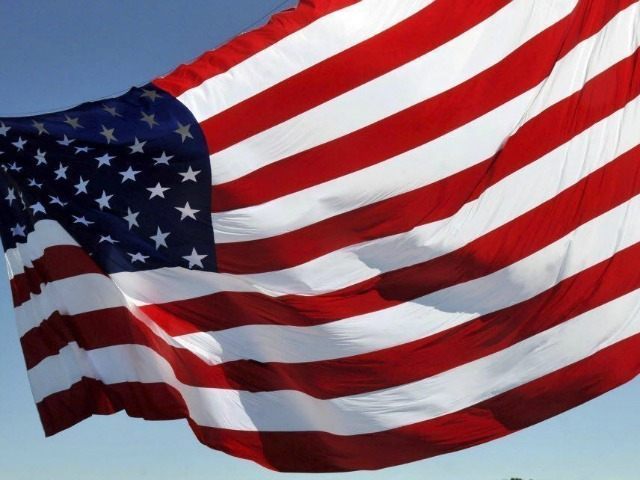My Dear Fellow American’s, I would like to address some of the feedback of my last article where I referred to myth and the symbols of Santa Claus and Easter Bunny.
If you haven’t read the article I suggest you do. The essence of my article—whether you agree or not—goes to the very nature of the left’s capture of the cultural narrative. This has long been lost on conservatives when dealing with getting a message out to the public and capturing the imaginations of a populace that is being zombified by the deadening of the senses.
There is so much available to our youth and all of us today that our spiritual life has been hijacked. We have become “numb,” as the President said, and I mention in my last article.
What I found in some of the feedback was a lack of understanding of why it was important I mentioned prayer and the need to bring it back to school along with myths like Santa Claus and the Easter Bunny .
Critic’s of the article laughed off or scratched their heads as to why when mentioning the Judeo-Christian values that are no longer taught in our nation I brought up the those twi holiday symbols.
Some criticized me saying today we want our children to know the truth — and that this is enough. Well the truth to me was that both Santa Claus and the Easter Bunny were never presented as pagan symbols, but as an extension of a Spiritual existence of Good in the world.
Let me say that for children from one to ten years old, these symbols create a moral additive to the Judeo-Christian narrative.
While not everyone is Christian or Jewish, these stories create a fertile, innocent, and necessary garden for a child’s imagination and moral development.
One need only to read Joseph Campbell’s Hero with a Thousand Faces or J.R.R Tolkien, whose devout Catholic faith came together in his assertion that mythology is the divine echo of “the Truth.”
Tolkien wrote that myths held “fundamental things.” His opinion was adopted by another Christian writer, C. S. Lewis, in their conversations: “Tolkien explained to Lewis that the story of Christ was the true myth at the very heart of history and at the very root of reality.”
C. S. Lewis freely called the Christ story a “true myth,” and he believed that even pagan myths express spiritual truths. In his opinion, the difference between the Christ story and pagan myths is that the Christ story is historically as well as spiritually true.
“The story of Christ,” writes Lewis, “is simply a true myth: a myth working on us in the same way as the others, but with this tremendous difference that it really happened: and one must be content to accept it in the same way, remembering that it is God’s myth where the others are men’s myths: i. e. the Pagan stories are God expressing Himself through the minds of poets, using such images as He found there, while Christianity is God expressing Himself through what we call real things.”
Then we have another Christian writer, the Catholic priest Father Andrew Greeley, who freely applies the term “myth” to Christianity. In his book Myths of Religion, he defends this terminology: “Many Christians have objected to my use of this word [myth] even when I define it specifically. They are terrified by a word which may even have a slight suggestion of fantasy. However, my usage is the one that is common among historians of religion, literary critics, and social scientists. It is a valuable and helpful usage; there is no other word which conveys what these scholarly traditions mean when they refer to myth. The Christian would be well advised to get over his fear of the word and appreciate how important a tool it can be for understanding the content of his faith.”
So you see, those of you who criticized this aspect of my article, take heed, we must frame our stories and culture to these myths to truths that are being overtaken by those that have no spiritual basis. For this reason, the greatest issue in our country today is the Risorgimento of the Spiritual life of our children.
When Donald Trump says he wants to bring back Christmas, we must understand that while it may appear as a nostalgic plea and it goes over the head of many, what he is saying goes to the heart of our American cultural and spiritual survival—whether Jew, Gentile, Christian, Muslim, Hindu, or American Indian.
No one has really picked up on this; they should. Some focus on a few of Trump’s divisive statements, which if you’re truthful is the same crap every politician is guilty of at some point. Those times he brought up Christmas, no one had the sense to bring attention to that. I wonder why?
You see, the cleverness of removing these holidays from our schools, workplace, and town squares is an assault on humanity that is more destructive than any weapon. I believe Trump more than any other politician will with a force of nature defend the freedom of expressing our Judeo-Christian holidays whether the Menorah or Christmas Tree in schools and society.
Some of our youth have become lost souls in the hurricane of secularism. We have done this, because of the disease of political correctness, and a political body that lacks courage or is corrupt.
Lastly, I suggest some of you must look at these links – so you can see Santa Claus and the Easter Bunny are not just silly secular occasions. Their Genesis comes from a very deep-rooted spiritual tradition. But I don’t blame any of you. We have been lobotomized by an educational system that prays to the Government.

COMMENTS
Please let us know if you're having issues with commenting.